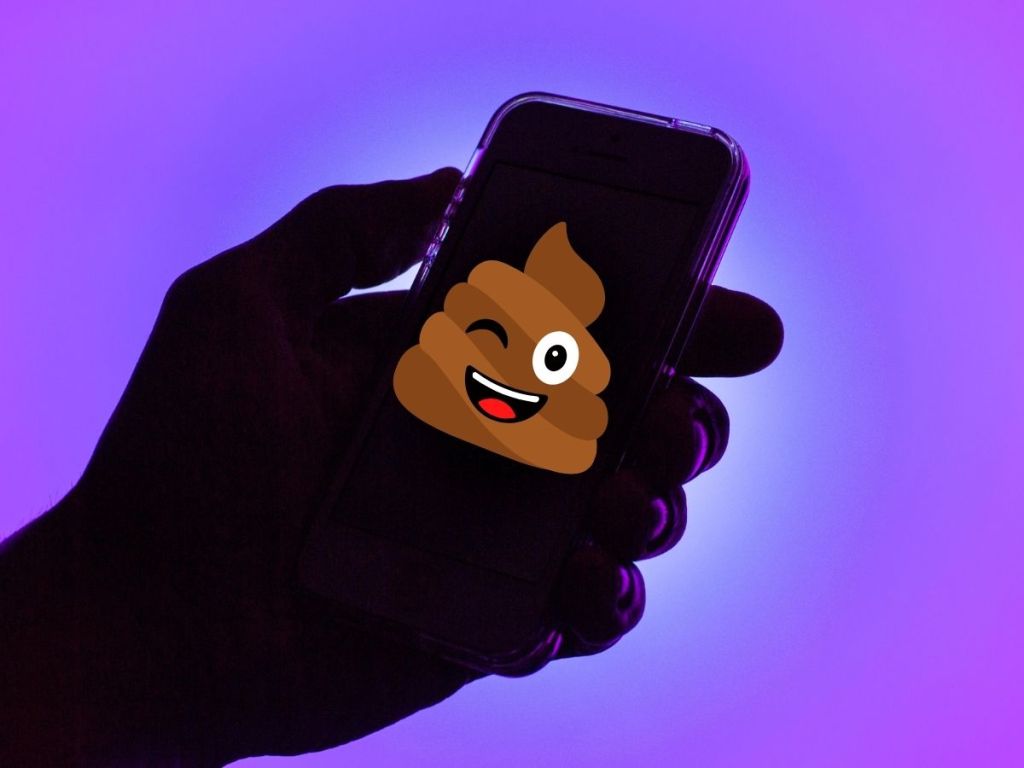Enshittification is happening across many internet websites and social media platforms. But what is it and how does it work?
What is the death cycle of platforms?
Enshittification, also known as platform decay, is a term used to describe the pattern of decreasing quality of online platforms that act as two-sided markets. This phenomenon is characterised by a gradual decline in the user experience and the prioritisation of revenue generation over user satisfaction.
Examples of social media platforms that have been accused of enshittification include Google Search, Amazon, Facebook, Reddit, TikTok and Twitter.
For instance, Amazon operated at a loss for many years to make itself valuable to users. It sold products well below cost and also shipped them well below cost. It operated a clean and useful search. If someone was searching for an item, Amazon tried its hardest to jack it up to the top of the search results. At the start, this was a good deal for Amazon customers.
Buyers piled in, and lots of brick-and-mortar retailers withered and died, making it hard to go elsewhere. But shoppers began to find it difficult to locate what they were looking for – except on Amazon, which meant that they only searched on Amazon. So anyone who had anything to sell had to join Amazon.
Today, Amazon Marketplace sellers are handing more than 45 percent of the sale price to Amazon in fees.
The company’s $31 billion “advertising” program is really a payola scheme that pits sellers against each other, forcing them to bid on the chance to be at the top of the search. These days, searching Amazon does not produce a list of items that most closely match a search. It presents products from sellers that have stumped up the most money to be at the top of the search. And this is where things start getting enshitty.

The Enshittification of TikTok
TikTok is another example of enshittification. Initially, TikTok was good to its users by providing them with an enjoyable experience. However, as the platform grew in popularity, it began to prioritise revenue generation over user satisfaction by promoting advertisements and sponsored content.
Facebook is another social media platform that has been accused of enshittification. In recent years Facebook has been criticised for prioritising revenue generation over user satisfaction by promoting advertisements and sponsored content.
Morgan Wallace runs Steer Social, which specialises in social media management and content creation on the Gold Coast. She said she sees enshittification “right in front of my eyes every day. For example, TikTok is currently testing an ad-free monthly subscription plan in the U.S, Netflix has taken away free password sharing around the world over the course of this year, and X has been digging itself into a hole they might not be able to return from. Should we expect every single platform to become a subscription-based service in the future?”
Subscriptions are coming
Wallace says TikTok probably performed so well since its launch because it focussed on a lot of user-generated content, and the bulk of the ads don’t look like ads. “Therefore, companies and brands receive a better return on investment. I’ve seen Instagram start to move this way as well now, as brands are catching on to the performance.”
Wallace says that all social media platforms will probably start to roll out subscription-based plans to view ad-free content. “YouTube came out with it a long time ago with YouTube Red, unfortunately it’s just another way for them to make (a lot) of money. While we might see new social platforms get released, they suck you in by providing ad-free usage for a few years until their users are so addicted, they have no choice but to keep using or pay up.”
Cory Doctorow
Cory Doctorow is a Canadian-British journalist and sci-fi author. Doctorow has written extensively on the topic of enshittification, which he describes as the pattern of decreasing quality of online platforms. He also has some interesting podcasts on the topic.
He says when a platform launches it needs users, so it often offers them a very good deal. It may even subsidise that deal. When Amazon started out, it didn’t just take a small margin on the products that it sold, it actually was willing to lose its investors’ money for years to bring in customers.
“And as those customers pile in, the business tries to find some way to lock them in as well. In Amazon’s case, you can think of Prime as a way of getting you to pre-commit to shop on Amazon for the next year because you’ve already paid for the shipping. But you can never break up with Amazon without saying goodbye to your audiobooks and your ebooks.”
Social media
Doctorow says it’s the same with social media. “They encourage you to get your friends involved. And once your friends are involved, you can never go because you have this awful collective action problem. Even if you all agree that you’re kind of sick of Facebook, you’ll never agree on when it’s time to go, or if you do, where you should go afterwards.”
Platforms like Facebook are inundated with advertising, making it challenging to discover posts from your friends, which is the whole reason you are there.
So how can companies that want to advertise on social media stay ahead of ad fatigue that viewers might have?
Wallace says companies should focus on maintaining the freshness and relevance of their advertisements. “This can be as simple as refreshing ad copy and creative, or repurposing existing content to present it in a new light. Given that ads often reach the same audience multiple times, updating the format or message can prevent the content from becoming monotonous.”

Enshittification in other industries
While enshittification is most commonly associated with online platforms, it can also occur in other industries. For example, airlines have been accused of enshittification due to the decline in the quality of air travel over the years.
Airlines have been criticised for prioritising revenue generation over customer satisfaction by reducing legroom, increasing baggage fees and charging for things that were once free.
Another example of enshittification can be seen in the fast food industry. Fast food chains have been accused of enshittification due to their prioritisation of profit over quality, like using low-quality ingredients and additives to cut costs.
Enshittification: Conclusion
Enshittification – or platform decay – is a trend that has become increasingly evident across various online platforms and even in other industries. This phenomenon highlights the shift from prioritising user satisfaction to emphasising revenue generation at the expense of the user experience.
Moreover, enshittification is not limited to the digital realm and can be observed in industries such as airlines and fast food. The once-promised quality and customer satisfaction have given way to cramped spaces, hidden fees and lower-quality products.
By ditching crappy companies that don’t prioritise our needs and experiences, we can help mitigate the effects of enshittification. Or we could just put up with it and carry on, until the next big thing in social media arrives!





